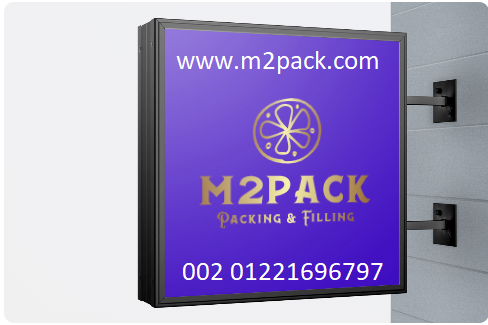Normal traditional CMU walls have STC ratings of 20-25.

The difference between an STC rating of 20 and 50 may not seem like much, but the
decibel scale is logarithmic, so 50 decibels is ten times as loud as 40 decibels.
In realworld terms, only about one-quarter to one-eighth as much sound penetrates an
ICF wall when compared to traditional CMU.
This has become a major selling point in the commercial sector. Theatres and apartment
buildings use ICFs to eliminate sound transmission between units, and developments
near noisy industrial sites are selling quickly, thanks to ICFs sound Sound-absorbing
qualities.
Cost Efficiency
Incredibly, the cost of building an ICF home is no higher – But it is cheaper – by almost
10-15 % comparing to the traditional columns and beams CMU.
This cost efficiency equation has been done on case studies project in Egypt done by
Egyptians contractors, and has been proved that cost reduction can be easily reached
due to the reduction in Foundation quantities as it is formal distribution load on strip
footing not punished columns on isolated footing or even huge mass of reinforced raft.
Due to the mass thermal resistance, the cooling and the heating loads needed will be
less than the traditional CMU by 50-60% this will decrease the cost of the HVAC
utilities and the power supplying Initial cost for the building by more than 50%, this is
one of the great cost saving factors building with ICF.
However, because the homeowner will be saving at least that much on energy bills, the
actual monthly cash outlay is less. In other words, when energy costs are considered,
it’s actually less expensive to live in an ICF house.
All of the other benefits – like disaster-proof walls, quiet interiors, and less
maintenance-are added bonuses at no extra cost.



